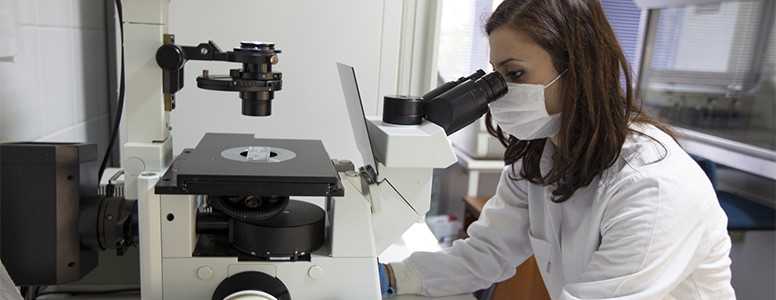The space under human skin has been identified as an ‘optimal location’ for the treatment of type 1 diabetes.
Researchers from the University of Toronto’s Institute of Biomaterials and Biomedical Engineering (IBBME) have worked on transplanting healthy pancreatic cells under human skin, helping to generate insulin and regulate blood glucose levels.
Senior researcher on the project Michael Sefton said: “The skin has the advantage of being readily accessible. It is also presents fewer hazards than other transplantation sites.”
Insulin-producing beta cells are found in parts of the pancreas but they get destroyed by the immune system in people with type 1 diabetes. By implanting new cells, the ability to create insulin can be regained but getting them into the precise location can be difficult.
The study’s lead author, Alexander Vlahos, said: “Pancreatic islets are scattered throughout the pancreas in between other pancreatic cells that secrete digestive enzymes. This makes it impractical to try and deliver islets to the pancreas: you would most likely be delivering it to a region of the pancreas that is secreting these enzymes.
“The accessible location of the skin makes islet transplantation a lot more manageable, especially if the patient responds negatively to the donor cells. The space under the skin has a large area so that it can support many islets, which is necessary for this approach.”
The researchers are investigating this technique as an alternative to the practice of liver implantatio, which needs a significant number of cells from donors.
Vlahos said: “You need to overshoot the quantity of islets when injecting into the liver because you lose about 60 per cent of the transplanted cells within the first 48 hours. That amount of islets requires two to three donors for each recipient.”
The examinations saw healthy pancreatic islets inserted under the skin, showing that normalised blood sugar levels could be achieved by 21 days, as long as new blood vessels were also developed. Blood glucose levels were once again consistent with someone with type 1 diabetes when the transplants were taken away.
But Vlahos added: “Pancreatic islets comprise approximately one per cent of the pancreas, but require 15 to 20 per cent of the blood flow to the organ. We needed to ensure adequate blood flow to the islets in order for this to work.”
The results have led to $1.1m of funding from charity JDRF to support the next stage of the project.
The study appears in the journal Proceedings of the National Academy of Sciences of the United States of America.
What's new on the forum? ⭐️
Get our free newsletters
Stay up to date with the latest news, research and breakthroughs.






